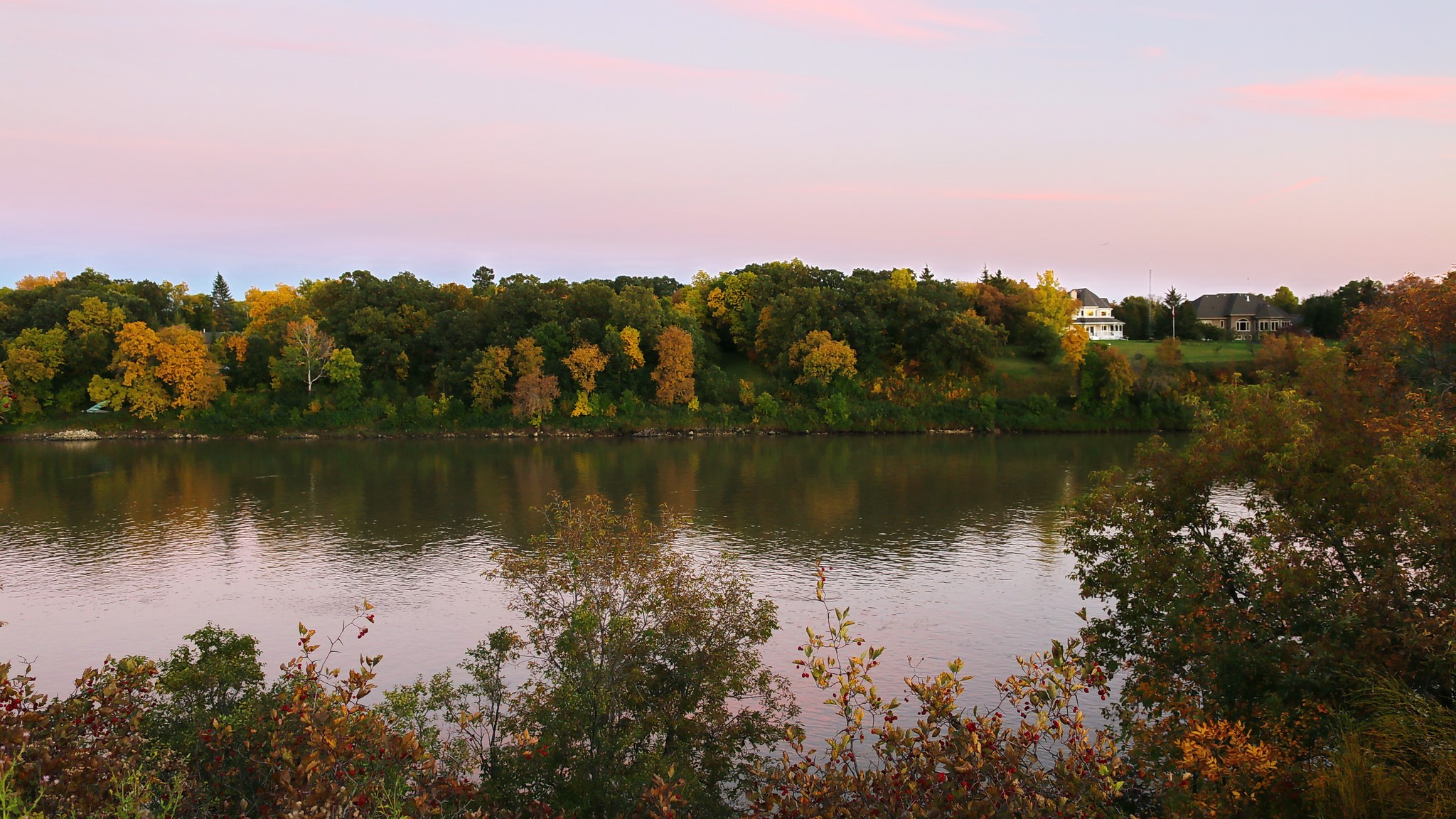
Improving water quality is complicated, given the complex way that different contaminants and issues interact. This extends to weather conditions. In a drought, some runoff-related problems might be lessened while other issues are made worse.
The extent to which drought impacts water quality is highly dependent on what water body is being discussed, where it’s located, and even what part of that water body is being talked about, said Joel Galloway, hydrologic studies chief with the US Geological Survey (USGS) Dakota Science Center. Galloway is part of an IJC study to look at long-term water quality trends in the Red River.

Some issues are practically universal. Take dissolved oxygen, which aquatic species need to breathe. Strong water flows along rivers can keep dissolved oxygen levels at a healthy level for many species through a process called aeration. But during a drought, water flows tend to drop and create less mixing, said Galloway. This can reduce the amount of dissolved oxygen in the water system and lead to fish kills.
But what about issues with nutrients like nitrates and phosphorus, or heavy metals, or sulfates? How droughts can impact those come down to what’s in the sediment, the local groundwater system and the surrounding land. If there are lower levels of dissolved oxygen due to a drought reducing water flows, this can lead to a release of nutrients and metals from the sediment and into the water.
And droughts can lead to groundwater making a greater contribution to water flows than surface water and runoff, which in turn changes what contaminants are in the water and to what extent. In the Red River, which flows in North Dakota, Minnesota and Manitoba, Galloway said summer droughts can lead to reduced water flows and levels, which is not surprising. But this also means that contaminants that enter the river through groundwater, such as nitrates, won’t be diluted to the same degree as if there was more water entering from the surface. As a result, concentrations measured in the water could be higher.
On the flip side, drought conditions on the Red River can mean less runoff of phosphorus entering the river from runoff and a slower water flow, which in turn means a lesser amount of nutrients entering Lake Winnipeg, said Gregg Wiche, semi-retired USGS hydrologist and board member for both the IJC’s International Souris River Board and International Red River Board.
“In a way, the concentrations of phosphorus aren’t changing (in the watershed), the drought is just providing less of a load,” Wiche said. If there’s a drought followed by a sudden heavy rain event, phosphorus sitting in the broader watershed can suddenly be washed into the river and spike levels of contaminants in the water.
During low flow periods, Galloway said there’s a higher influence of contaminants coming from specific places: particularly groundwater inflow and wastewater treatment plant discharge. During high flow periods, concentrations tend to be influenced more by nonpoint sources that can’t easily be tracked to a specific location.
The timing of the drought plays a role, too. A winter drought coupled with cold weather can lead to water freezing over and having less of a “churn,” which can lead to reduced dissolved oxygen levels (exacerbated by the drought conditions). And as in warmer periods, this can cause metals and ammonia to be pulled into the water column due to an outsized contribution from groundwater.
Dry weather during the irrigation season along the Red River also means more water might get pumped out of locations like Devil’s Lake, on top of the inflows from tributaries like the Sheyenne River. Devil’s Lake and the Sheyenne have issues with sulfates, which can influence water quality too, Galloway said.
The IJC is funding a study into long-term water quality trends on the Red River through its International Watersheds Initiative, alongside the Minnesota Pollution Control Agency and North Dakota Department of Health. The study examines data from 1970 through 2017 from both states and Manitoba, and should be completed by June 2019, he said. Galloway added that there is interest in doing a similar trends study for the Souris River.

Droughts can exacerbate one more issue: algal blooms. Galloway said that while nitrogen and phosphorus runoff is generally less during a drought – key components of feeding an algal bloom – a drought with low wind, high temperatures and reduced water levels can potentially cause harmful algal blooms to form, particularly on lakes in North Dakota and Manitoba.
Studies done elsewhere on the globe suggest that climate change could lead to more frequent bouts of low river flows and summer droughts, which in turn hurts water quality. Getting a better idea of what this means for specific transboundary watersheds is key to adapting to the future.

Kevin Bunch is a writer-communications specialist at the IJC’s US Section office in Washington, D.C.



